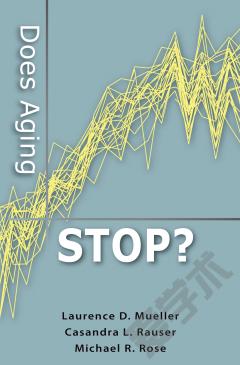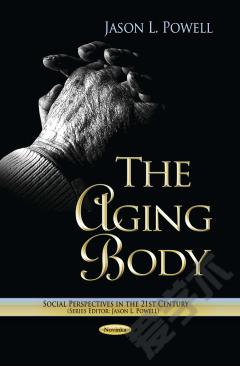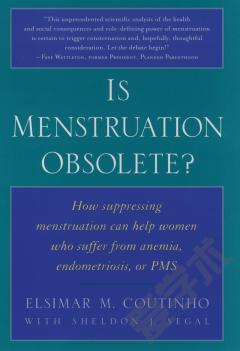Does Aging Stop?
Human mortality data show stabilization in mortality rates at very late ages. But human mortality data are difficult to interpret because they are affected by changing medical practices and other historically variable causes of death. However, in the 1990s, data from a variety of labs showed that the mortality rates of medflies, fruit flies, wasps, yeasts, and nematodes also stabilize at very late ages. These reproducible "mortality-rate plateaus" forced biologists to develop theories for their existence. There are two main theories of this kind. "Lifelong heterogeneity" theories suppose that highly robust subcohorts are more abundant at later ages because less robust subcohorts have mostly died off. On this type of theory, aging does not stop; aging continues inexorably in all individuals. In contrast, in evolutionary theories for mortality-rate plateaus, based on the eventual plateaus in Hamilton's Forces of Natural Selection at late ages, aging does indeed stop. A variety of experiments have cast doubt on lifelong heterogeneity theories as explanations of mortality-rate plateaus. A few experiments have corroborated the Hamiltonian theory. This has the important corollary that it appears to be possible for aging to stop, at sufficiently late ages, at least among some populations. The implications of this result for aging research are profound. Most importantly, it suggests the possibility that the physiology of adults undergoing aging may be substantially different from the physiology of life after aging.
{{comment.content}}








 京公网安备 11010802027623号
京公网安备 11010802027623号